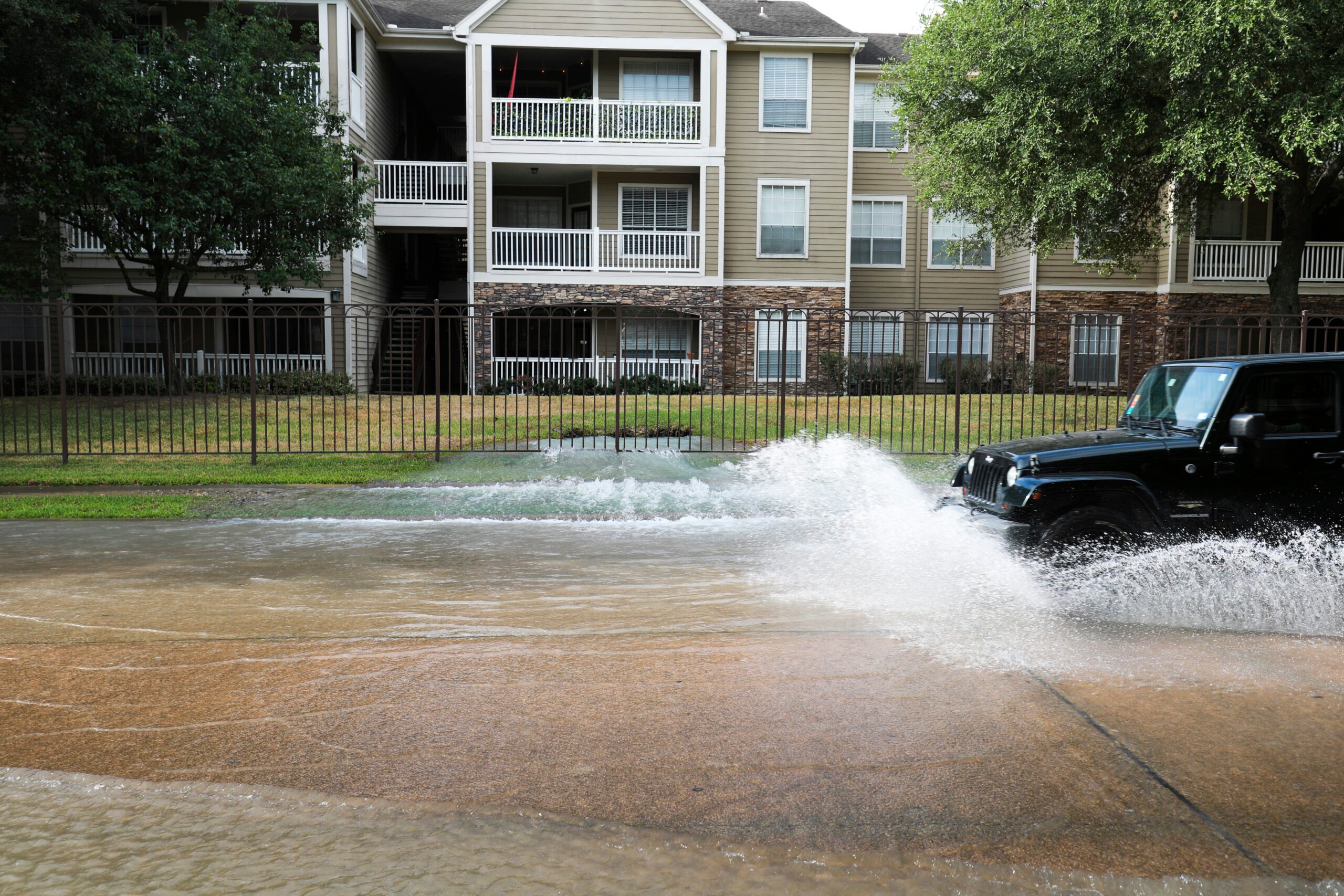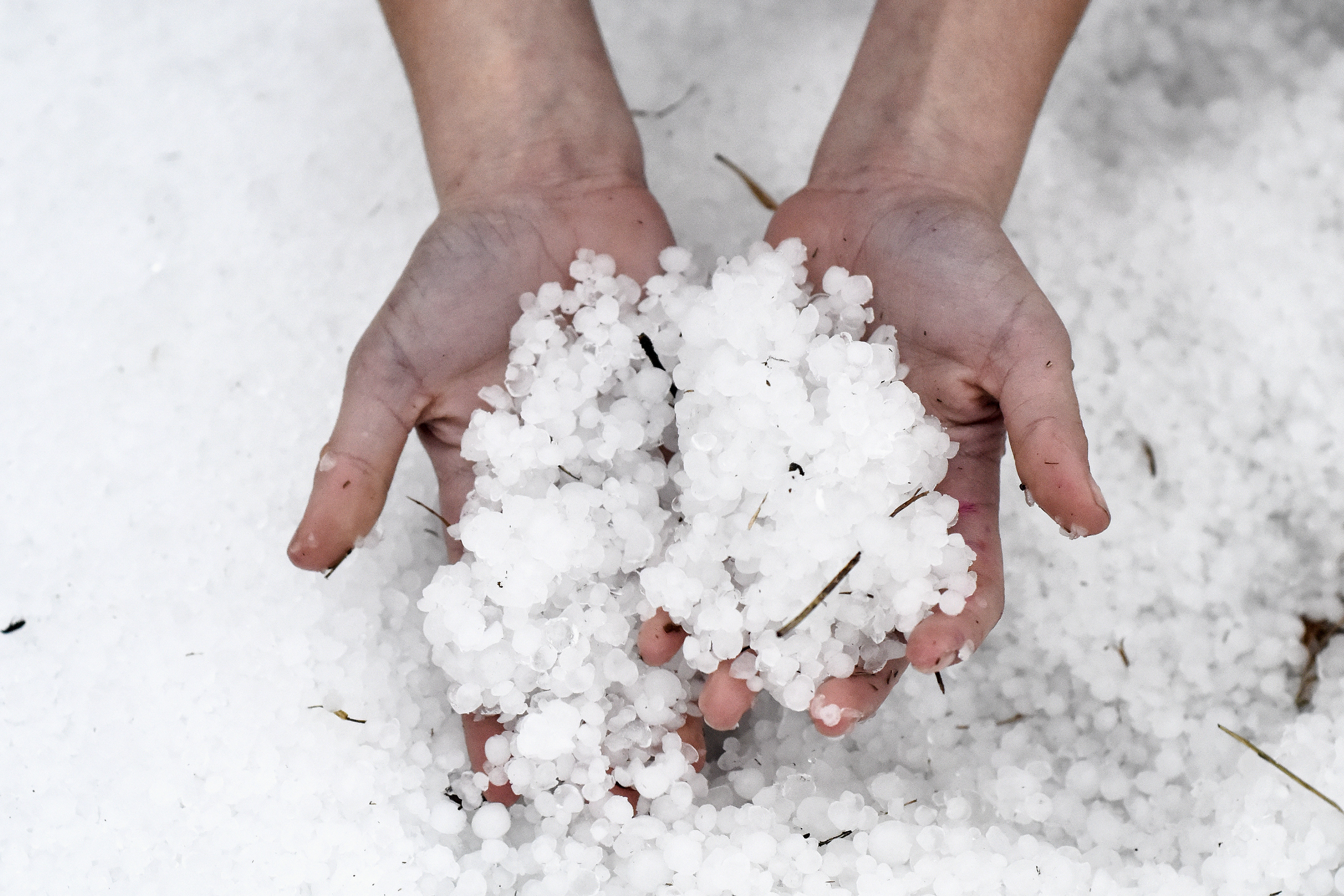
The Strange, Record-Setting Weather Extremes Texans Faced in 2018
Scientists predict temperatures, seasonal extremes and flooding will continue to intensify if carbon emissions aren’t immediately reduced.

Above: For the second year in a row, parts of Texas saw snow before New York and Boston.
In 2018, natural disasters touched nearly every part of the country. Hurricanes Michael and Florence hit the East Coast, killing at least 89 people and causing more than $21 billion in damage. Wildfires engulfed large parts of California, driving thousands of people out of their homes and killing at least 44. And in June, parts of North Texas got tennis ball-sized hail resulting in about $1 billion in damages. As of October, there’ve been 11 disasters nationwide that cost more than $1 billion this year, including the hail storm in Texas.
Historically, Texas has had more billion-dollar disasters than any other state. That has to do with Texas’ relative location in the middle of the country, climatically divided by the 100th meridian into a dry- and drought-prone western half and a wet eastern half that’s frequently bombarded by tropical systems. The state, as one recent climate change report put it, is “at the mercy of some of the most diverse and extreme weather hazards on the planet.”
In the Anthropocene era, as greenhouse gases in the atmosphere continue to increase and temperatures rise, the natural order is being upturned. Researchers have found that climate change is already exacerbating extreme weather events, throwing food access, national security and water availability in jeopardy.
Though scientists haven’t determined whether the strange and terrible weather extremes that Texas faced in 2018 were worsened by human activity, it is important to consider these events in the context of climate change. Here’s a round-up of the weather events from this year.
It’s Getting Hot in Here
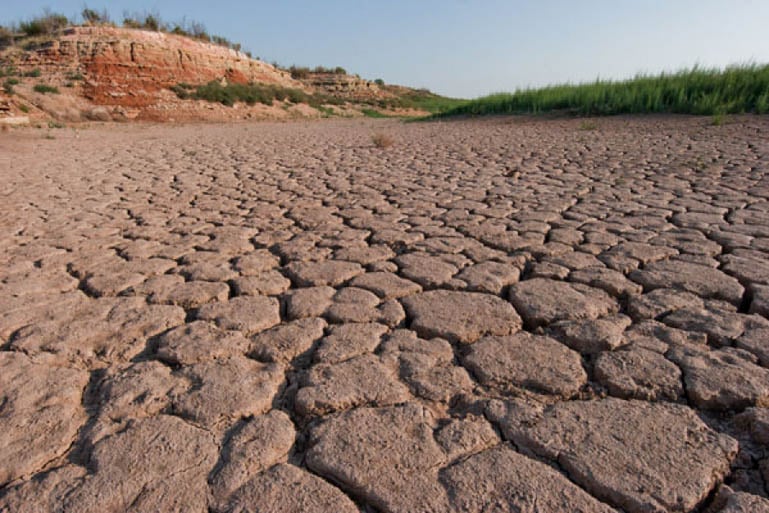
This summer, Texas cities broke all-time records for high temperatures. In Waco, temperatures reached 114 degrees Fahrenheit in July, beating a previous record set in August 1969 by 2 degrees. Temperatures in San Angelo reached 108 degrees, the highest ever for the city. Statewide, the summer of 2018 was the third-warmest on record, behind 2011 and 2017. Summer was also abnormally dry. State climatologist John Nielsen-Gammon said the state got 2.5 inches less rainfall than normal this summer. About two-thirds of all counties in the state issued burn bans.
As Texans cranked up their A/Cs during the hottest months, the Electric Reliability Council of Texas (ERCOT), which operates the electric grid for most of the state, set new records for power demand. During one particularly hot week in July, demand reached more than 73,000 megawatts, about 2,000 megawatts higher than the previous record set in 2016. That month the National Weather Service announced a heat advisory for most of Texas as temperatures remained above 100 degrees for more than five continuous days. It was the first time since the brutal summer of 2011 that the Dallas-Fort Worth Metroplex was included in a heat advisory.
The National Climate Assessment, released by the Trump administration last month, found that temperatures in Texas and the rest of the Southern Great Plains region will increase by at least 3 degrees Fahrenheit by 2050 and as much as 8 degrees by the end of the century.
Rain, rain, go away
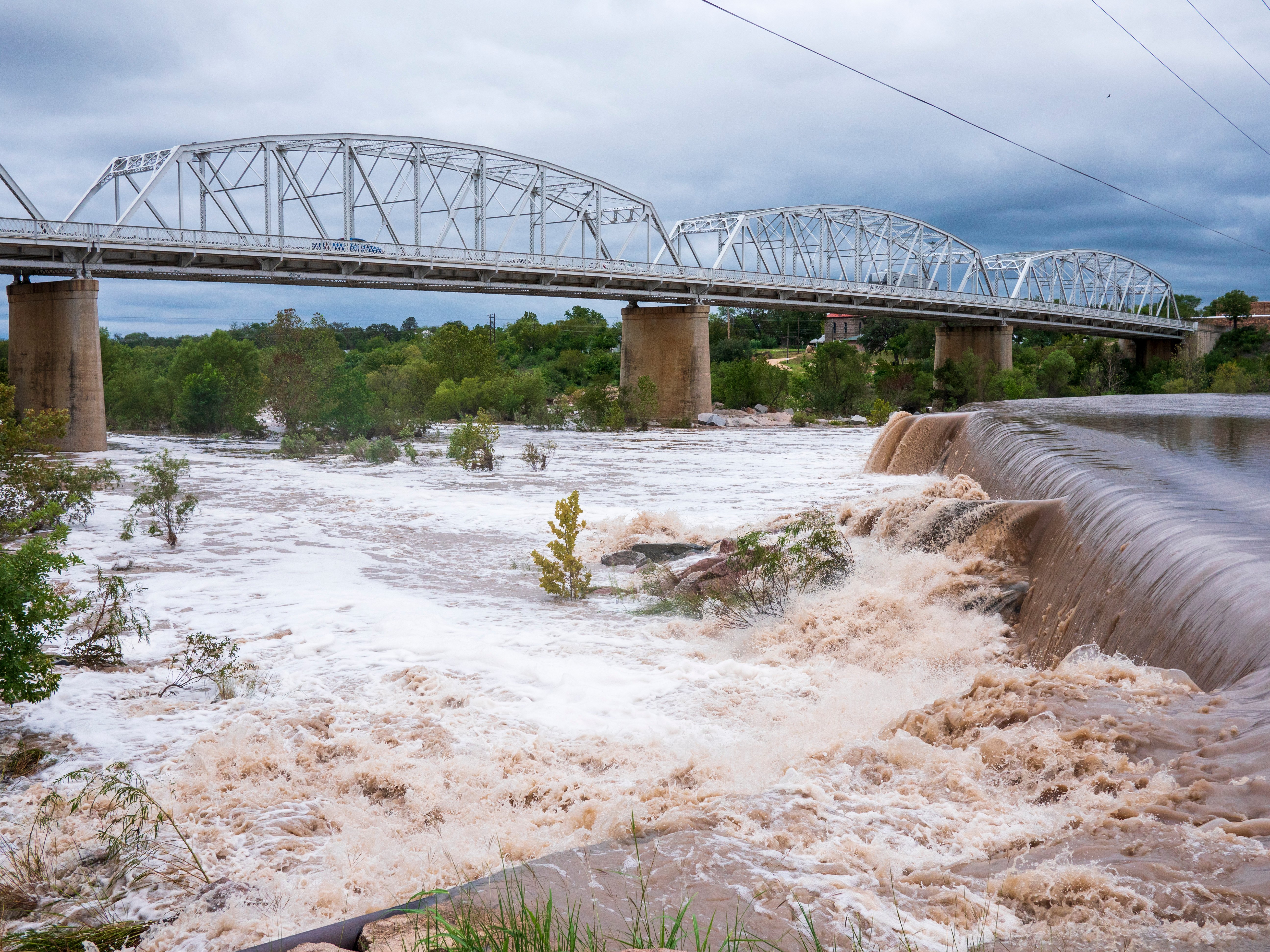
Texas’ brutal summer this year was followed by a very wet fall. September and October 2018 were the wettest on record for the state ever. Statewide, the rainfall was about 4 inches above normal those two months. It resulted in terrible flooding in the Hill Country and North Texas, leaving vehicles stranded and roads closed. Flooding on the Llano River led to two deaths. In Austin, flooding caused high levels of silt and debris to build up in the city’s filtration systems, requiring the city to issue a boil notice that lasted seven days.
Climate scientists project that as the planet warms, rainy parts of the world will get rainier and drier places will get drier. The National Climate Assessment noted that by mid-century, using conservative low-emissions scenarios, Texas and other states in the Southern Great Plains region are projected to get 9 percent more precipitation. By 2050, for example, Austin’s five rainiest days will total almost 8 inches, compared to 6 inches currently.
Let it Snow
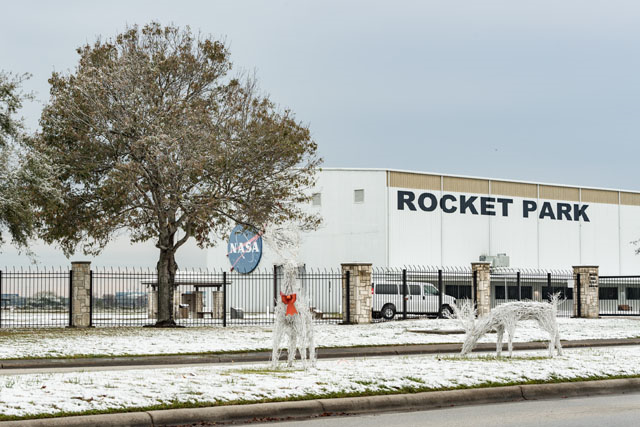
For the second year in a row, parts of Texas saw snow before New York and Boston. On November 13, a cold snap brought blustery winds and snow to Houston (the earliest ever recorded in the city), Galveston and other parts of the Texas coast. The earliest snow prior to this year for Houston was recorded on November 23, 1979.
A year in which records are set in both heat and first snow may cause some confusion, particularly among folks like President Trump, who believe cold weather disproves global warming.
It doesn’t. The reason lies in the difference between weather and climate. Weather is localized. It can both be true that snow fell in a suburb in Houston and that the planet as a whole is warming. As former NASA scientist James Hansen put it, climate change is loading the dice so that warmer temperatures are more likely. But that doesn’t mean colder temperatures won’t occur. In fact, researchers have found that as temperatures in the Arctic increase and sea levels rise, warm air in the region changes air current patterns and pushes cold air further south.
Despite recent reports from the U.S. government and an international body sounding the alarm about the dire consequences of a warming planet, Texas Governor Greg Abbott is still choosing to sidestep conversations about climate change. Last week, Abbott’s office released a 177-page report on Hurricane Harvey. The report took climate studies into consideration and underscored the need to “future-proof” the Texas coast, but didn’t explicitly mention climate change or how human activity is contributing to more severe hurricanes.
At a press conference announcing the release of the report, Abbott responded to a reporter’s question about climate change by saying he’s not a scientist and that it is “impossible for [him] to answer that question.”
The majority of Americans aren’t scientists, but surveys show they still believe climate change is occurring. All it’d take Abbott is to look at the extreme weather events happening in his state and listen to those in his own administration.


